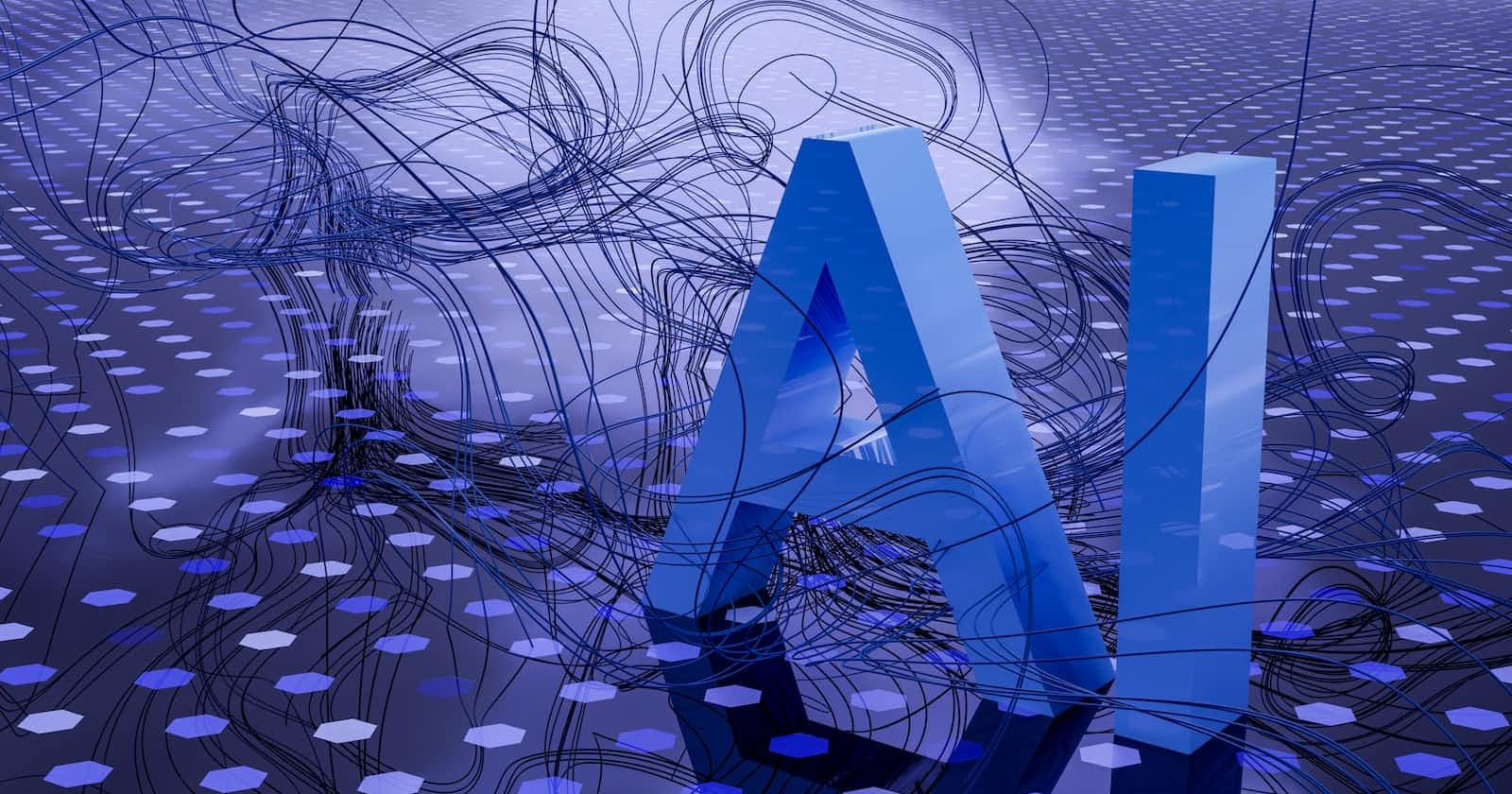
Photo by Steve Johnson on Unsplash
Part 2: AI and Its Transformative Subfields
Unlocking AI's Subfields: From Machine Learning to Ethical Concerns
Table of contents
- Introduction
- Machine Learning (ML): The Art of Learning from Data
- Natural Language Processing (NLP): Bridging the Gap Between Humans and Machines
- Deep Learning: The Rise of Neural Networks
- Neural Networks: The Building Blocks of Deep Learning
- Real-World Applications: AI's Impact on Diverse Industries
- Ethical Considerations: AI's Growing Role in Society
Frequently, we tend to use AI, ML, NLP, deep learning, and neural networks interchangeably. It's important to understand their individual meanings and distinctions.
Introduction
In the second segment of our series, we'll explore the dynamic subfields of AI that have propelled this technology from theoretical concepts to practical, real-world applications. Each subfield brings its own unique set of tools and approaches to the AI landscape, enabling machines to perform complex tasks that were once considered exclusively human capabilities.
Machine Learning (ML): The Art of Learning from Data
Machine Learning is one of the driving forces behind AI's transformation. At its core, ML is all about teaching machines to learn from data. Instead of relying on explicit programming, ML algorithms analyze large datasets to recognize patterns, make predictions, and adapt without human intervention. This subfield has given rise to a plethora of applications, from recommendation systems like those used by Netflix and Amazon to the self-driving algorithms that navigate autonomous vehicles.
Natural Language Processing (NLP): Bridging the Gap Between Humans and Machines
NLP is a subfield of AI dedicated to teaching computers how to understand, interpret, and generate human language. With NLP, machines can comprehend and respond to text or speech, making it the backbone of voice assistants like Siri and Google Assistant, language translation services, and chatbots used in customer service. NLP has made significant strides in sentiment analysis, enabling businesses to gauge public opinion through social media and online reviews.
Deep Learning: The Rise of Neural Networks
Deep Learning is a subset of ML that's responsible for the resurgence of AI in recent years. At its heart are artificial neural networks, which mimic the structure and function of the human brain. These deep neural networks have the ability to process vast amounts of data and learn complex patterns, making them particularly suited for tasks like image and speech recognition. The success of Deep Learning has given us impressive applications, including facial recognition technology, medical image analysis, and even autonomous drones.
Neural Networks: The Building Blocks of Deep Learning
Neural Networks are at the core of Deep Learning. They consist of interconnected layers of nodes, each of which processes and passes on information to the next layer. The neural network learns by adjusting the strengths of connections (weights) between nodes to improve its performance on a specific task. These networks come in various forms, including Convolutional Neural Networks (CNNs) for image analysis and Recurrent Neural Networks (RNNs) for sequential data processing. The breakthroughs in Deep Learning have propelled AI into the mainstream, making it an integral part of many industries.
Real-World Applications: AI's Impact on Diverse Industries
These subfields of AI have had a profound impact across numerous sectors. In healthcare, AI is aiding in medical diagnosis and drug discovery. In finance, it's being used for fraud detection and algorithmic trading. In transportation, it's revolutionizing autonomous vehicles. In marketing, it's enabling personalized recommendations. AI is even contributing to the fight against climate change through improved energy efficiency and environmental monitoring.
Ethical Considerations: AI's Growing Role in Society
As AI's influence expands, ethical concerns have also come to the forefront. Questions about data privacy, algorithmic bias, and the implications of AI on the job market are subjects of ongoing debate and regulation. Ensuring that AI is used responsibly and ethically is a critical concern as these technologies continue to shape our world.
In our final part of the series, we'll dive into Generative AI, a cutting-edge field that's behind technologies like ChatGPT, developed by OpenAI. It's opening up new possibilities for content generation, language translation, and much more. Stay tuned for an exploration of the latest frontiers in AI.

